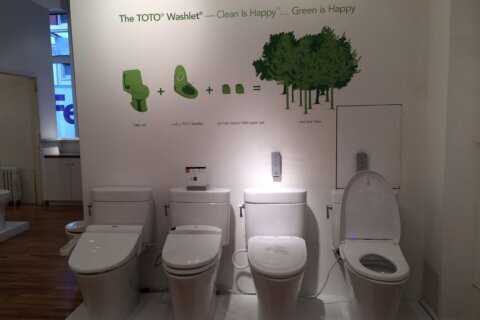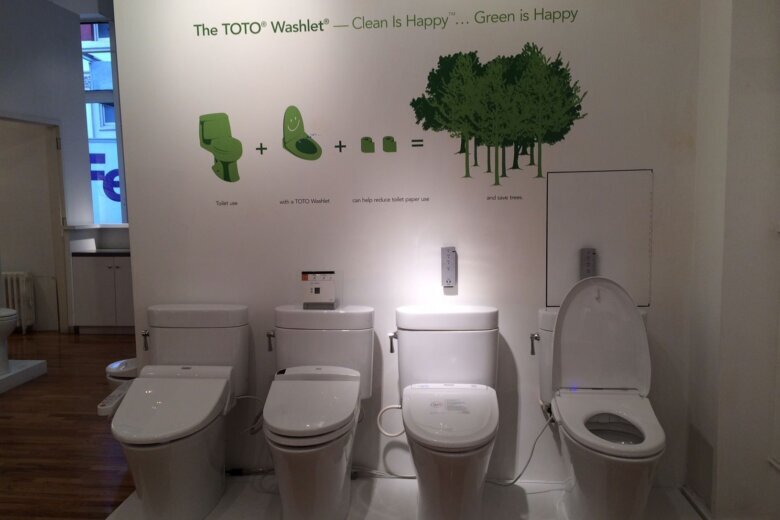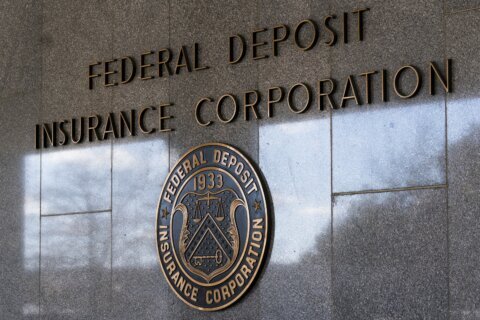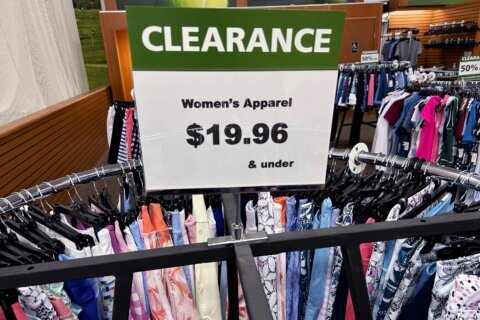
New York (CNN) — Bring up installing a bidet to the average American before the pandemic, and they might have likely flushed the idea straightaway.
The bathroom washer business, once a foreign concept to many in the US, experienced a huge boom during the Covid-19 pandemic, when shoppers were battling over toilet paper shortages. But while some products or industries saw a boom during Covid that later came back down to earth –- say, masks, roller skates, pet adoptions, Zoom subscriptions, Peloton bikes -– bidets made a big splash and have managed to maintain sales growth.
Bidets and their product cousins – washlets, “bum guns” and other water-based alternatives to toilet paper – are universal in most parts of the world; bidet enthusiasts tout how the devices are more sustainable, clean, and less abrasive. But Americans just can’t seem to let go of the Charmin Bear. It took a toilet paper shortage for some to come around to the 18th-century invention.
During the pandemic, every single bidet sold out at bidetking.com, and the business grew exponentially, bidetking.com founder James Lin said.
The site faced a massive supply crunch, and it had to air freight costly containers to meet demands. Lin described shipments of products from abroad by water completely selling out before they even hit the warehouse.
By some estimates, the entire bidet market grew two to three times during 2020. Tushy, which makes a trendy bidet seat attachment, pulled in a revenue of $40 million in 2020 versus $8 million in 2019, founder Miki Agrawal said to CNN.
Americans are still intrigued by the bidet. Bidetking.com reports sales have grown a minimum of 20% each year since the pandemic, with 2023 closer to 30%.
A bidet for every bum
A dizzying array of bidet options confront the burgeoning American consumer. Big spenders can find luxury options to give their porcelain throne the royal treatment. Japanese electronic bidet seat maker Toto sells a “washlet” for as much as $1,420 on bidetking.com, equipped with a water heating system (that heats the toilet seat and the jet streams of water that clean the user’s backside), a wireless remote control (with multiple spray settings) and a hands-free dryer. Tushy, defined by its whimsical marketing, sells a popular bidet attachment starting at $99.
Few people buy a bidet every year, so much of the growth is coming from new customers. Often, bidet sales spread just through word of mouth. Once one person is converted to the new method of bathroom sanitation, they want their friends and family to join the club. And many of those customers often become entrenched rather than transient.
Some customers who start with more basic washer attachments are now upgrading to electronic models that have different temperature and pressure settings. The most popular type of bidet in the US, Lin said, is a non-electric attachment that only sprays cold water, found for less than $50 on sites like Amazon.
Others have found an even cheaper alternative. Joe from Michigan, who did not want to be identified by his last name, says he grabbed a bidet attached to a toilet being discarded on the side of the street, and purchased an adapter hose to fit it into his home (after sanitizing it).
“Gosh, I wish I would have known about it sooner,” Joe told CNN.
A foreign concept from the start
The idea to use flowing water – rather than harder objects, whether leaves or paper – to clean one’s underside may be as old as human existence.
The bidet originated in France, used by aristocrats as a separate piece of furniture next to the chamber pot. Variations of the bidet are ubiquitous in a large swath of Europe to the Middle East, East Asia and some South American countries.
During the booming electronics era, the Japanese brand Toto revolutionized the washlet in 1980 with a toilet seat attachment that uses warm water to cleanse. The devices have proliferated to homes and businesses around Japan and beyond.
A common reason why bidets aren’t used in the US is that during World War 2, American soldiers saw brothels utilizing bidets. When they came back to United States, they shunned the bidet because of the connotations. Plus, the construction boom that took place in the post-war years built plumbing systems without bidets. (Japanese washlets and other devices, however, connect to existing toilets and don’t require separate plumbing like French-style bidets.)
The foreignness of bidets stuck. Some of the new bidet users CNN interviewed said they had associated the object with places like Europe or Japan, or something found in fancy hotels. When Joe and his wife lived in Spain, he initially didn’t even know what the unattached bidet in their apartment bathroom was used for.
Agrawal, the Tushy founder, said she was drawn to the bidet business because it was a standard practice she grew up in with an Indian father and Japanese mother.
Of course, for many, water-based cleanliness has long been entrenched in their culture, going back centuries.
For example, for practicing Muslims, the Islamic jurisprudence lays out strict guidelines on washing oneself. Many Asian and Middle Eastern countries utilize “bum guns,” or low-cost handheld sprayers attached by a hose to the side of the toilet, or jugs that look like watering cans.
Eyad Atieh, a resident physician in Illinois, spent part of his childhood and adolesence in Jordan, where every house had a bidet installed. In his medical training, he learned the bidet’s health benefits, especially for those who suffer from hemorrhoids and hernias.
“A big part of our culture is using water to clean, otherwise you can’t pray, you can’t be considered clean Islamically,” Atieh said.
Big Toilet Paper
When the great toilet paper shortage hit in 2020, many Americans realized there could be another way to clean themselves. Environmental concerns around trees, paper and waste perhaps also played a role.
Using toilet paper had seemed, somehow, American, with toilet paper jokes a staple in bathroom humor and “TP-ing” a stereotypical rite of passage for teens. And little is more American than the Charmin bear, an industry emblem that already dominates aisles of supermarkets.
So, “getting consumers to do something different, they have to undo all those brand associations (with toilet paper) and all those habits they have,” Derek Rucker, a marketing professor at Kellogg School of Management told CNN.
Rucker said the bidet industry would need to become a social norm in the US, such as being built into more new home constructions. Many bidet users in the US were converted after visiting societies where bidet use is widespread.
Mikaela Koelzer, in Chicago, visited Japan the summer before the pandemic and was awestruck by the variety of bidet settings in even the most hole-in-the-wall restaurants.
Then the pandemic hit, and Koelzer had “nothing but time” to find “pockets of joy” in her day. With the toilet paper mania, she decided to kill two birds with one stone and splurge on a Tushy.
“It moreso was just about nurturing myself and feeling like I was doing something good for myself in a way that I could control, because everything else was just so out of control,” Koelzer said.
Though Koelzer has a basic Tushy, her parents are now looking into a more state-of-the-art one that has temperature controls, she says. Two of her friends are now “proud bidet owners.”
The-CNN-Wire
™ & © 2024 Cable News Network, Inc., a Warner Bros. Discovery Company. All rights reserved.








